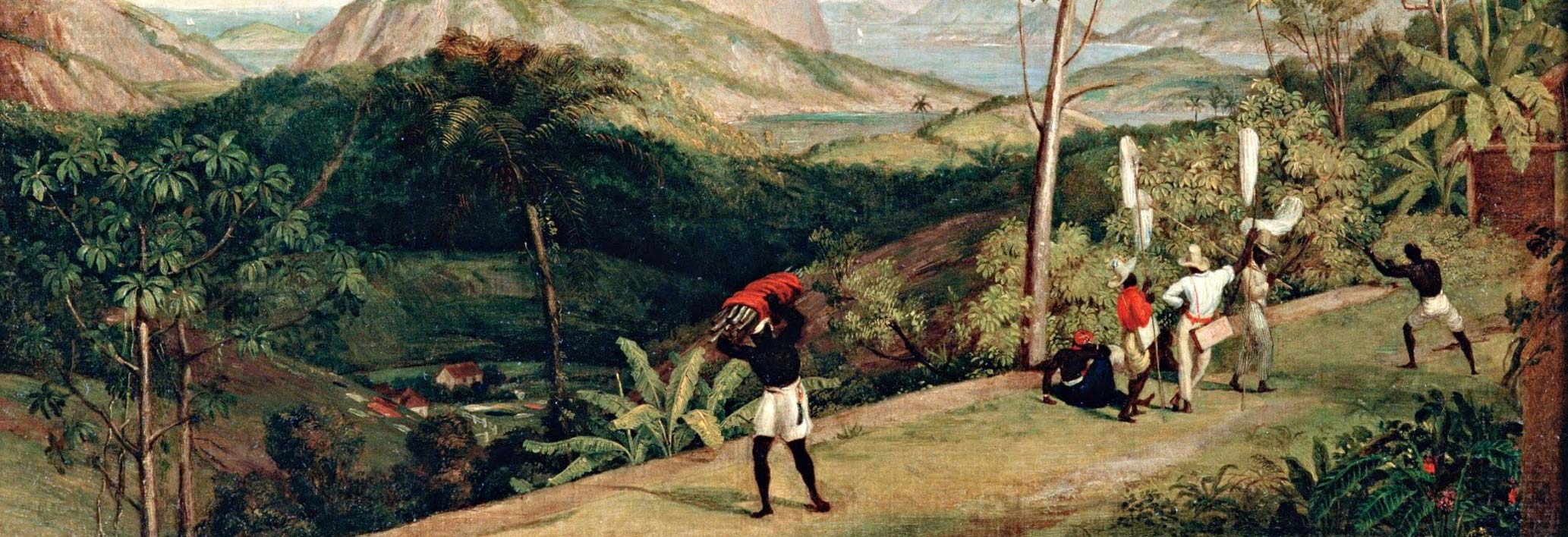Julius Soubise was born enslaved on the Caribbean island of St. Kitts. Soubise was an eighteenth-century “dandy” and one of Britain’s first black sex symbols. Attempts to trace Soubise’s life of servitude in the Caribbean have yielded few concrete results, but the historian Vincent Caretta has suggested that his father was probably free and white and his mother an enslaved person of African descent.
In 1764 when Soubise was aged 10, Captain Stair Douglas of the British Royal Navy took possession of him and brought him to England. Almost immediately upon his arrival, Douglas handed over the enslaved to Catherine Hyde Douglas, the 64-year-old duchess of Queensberry, who apparently was instantaneously charmed by the youth’s good looks and pleasing manners. She christened the boy Julius Soubise, perhaps after Charles de Rohan, prince de Soubise, then a fashionable French courtier of King Louis XV.
From the time he was adopted into the Queensberry’s household, all trappings of his servile status disappeared and he was groomed to become a member of the aristocracy. In his new home of privilege and luxurious comfort, he was esteemed as the “young Othello” and was enrolled in the Domenico Angelo Academy, the leading institution of the day in fencing and equestrianism. Soubise proved to be a quick and talented student. From the visitor’s gallery of the Angelo Academy, he was soon entertaining his lady and her friends in both disciplines. The duke eventually made him an assistant in training students to ride and fence. This appointment caused his popularity to soar all the higher. Soubise also accompanied the duke’s son to the prestigious colleges of Eton and Windsor.
In the 1760s and early 1770s, Soubise emerged as one of the most well-known black men in England. Duke Angelo embraced his young protégé and not only engaged him in sports but also widened his social experiences by selecting him as a companion to exclusive all-male dinner parties. The gifted and gracious Soubise was active in endearing his patrons for he had cultivated other socially useful skills such as playing the violin, singing, oratory, and poetry. He was frequently called upon to entertain his white hosts and eagerly obliged. His patron ensured that at these and other gatherings Soubise was always impeccably dressed. In fact, as was customary among the rich and well-born in mid-eighteenth century England, Catherine Hyde displayed her wealth by subjecting Soubise to exaggerated fashion and he apparently acquiesced. The scholar Monica Miller wrote in her 2009 study of black dandyism that Soubise wore “diamond buckled, red heeled shoes as he circulated through the social scenes of eighteenth century London” (p. 77). Soubise would also befriend other celebrities of the day including the actor Richard Garrick and the black writer and abolitionist Ignatius Sancho. Sancho cautioned Soubise against philandering and wild behavior, but the younger man paid little heed to his elder’s advice.
His charm and good luck still sufficiently intact in India, Soubise made the most of his new situation over the next two decades. Using the skills he had gained in England, he gathered around himself several patrons. On August 25, 1798 he died from injuries sustained after falling from a horse he was attempting to tame. He was survived by his wife (her name and the date of their marriage are unknown) and two children, a son, Frederick William, and a daughter, Mary.
Online Resources
The British Museum: https://www.britishmuseum.org/collection/term/BIOG182000
Bibliography
Edwards, Paul Geoffrey, and James Walvin. Black Personalities in the Era of the Slave Trade. Baton Rouge: Louisiana State University Press, 1983.
Markman, Ellis. “Ignatius Sancho’s Letters: Sentimental Libertinism and the Politics of Form.” In Genius in Bondage: Literature of the Early Black Atlantic, edited by Vincent Carretta and Philip Gould, pp. 199–217. Knoxville: University Press of Kentucky, 2001.
Miller, Monica L. Slaves to Fashion: Black Dandyism and the Styling of Black Diasporic Identity. Durham, N.C.: Duke University Press, 2009.
Author
Gelien Matthews
Adapted by
Briona Jones and Steven J. Niven
Contributing Institutions
Hutchins Center for African & African American Research, Harvard University, Cambridge, MA.
Oxford University Press (USA) African American Studies Center.






